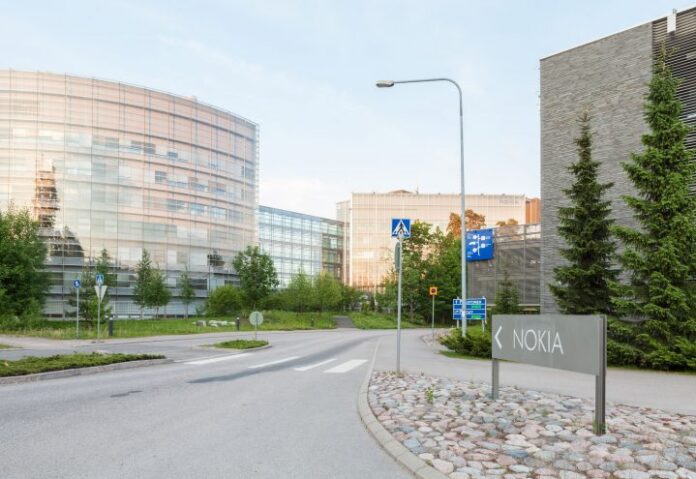Nokia says 4.5G Pro solutions support five-channel carrier aggregation; future 4.9G meant to complement 5G services
Nokia on Thursday continued to push toward “5G” with new and future platforms designed to help operators maximize LTE investments as the research, development and standardization of 5G progresses.
“4G will continue as the dominant technology event after the initial 5G specs,” said Phil Twist, VP of portfolio marketing for mobile networks at Nokia, told Industrial IoT 5G Insights. “What’ we’re actually launching here is not 5G per se, but it’s on the path to 5G. What we’re launching is 4.5G Pro, which is an advanced mobile technology platform with capacity and speed enhancements that kind of bridges the gap between where 4G started and where 5G starts.”
Nokia said 4.5G Pro introduces five-channel carrier aggregation for paired and unpaired frequencies as well as unlicensed spectrum; compatible devices are expected in 2017. The new upgrades take advantage of Nokia’s AirScale platform and build on Nokia 4.5G technology, already in place with more than 90 customers.
“The next step is 4.9G,” Twist said, noting this will allow LTE networks to support multiple-gigabit-per-second data speeds. “We’re talking about an LTE network which can give service continuity with 5G.”
Samih Elhage, president of mobile networks at Nokia, said: “While the ever-connected world of people and IoT drives huge data demands, the speeds enabled by 5G will be a colossal step in operators’ network evolution. However, with our 4.5G, 4.5G Pro and 4.9G technologies, we will provide a smooth evolution path that will allow them to increase capacity and improve the user experience while creating new revenue opportunities.”
Speaking to the concept of an evolution to 5G, Twist added, “5G is not a replacement for 4G. The two will coexist for quite some time going forward.”
Nokia’s announcement comes a day after major Swedish rival Ericsson publicly discussed plans to release equipment based on 5G new radio standards, particularly expanded multiple-input/multiple-output antenna support.
The vendor said its AIR 6468 equipment moves to commercialize 5G NR equipment with massive MIMO support in a package that also supports advanced LTE technology. While a 5G standard is still seen as years away, Ericsson claims its solution is the first to support commercial deployments.
“As we accelerate toward 5G, it’s beneficial to have a flexible radio platform that can be deployed not only for LTE, but also versions of future 5G NR standards,” said Tom Keathley, SVP for wireless network architecture and design at AT&T, in a statement regarding the Ericsson announcement.

